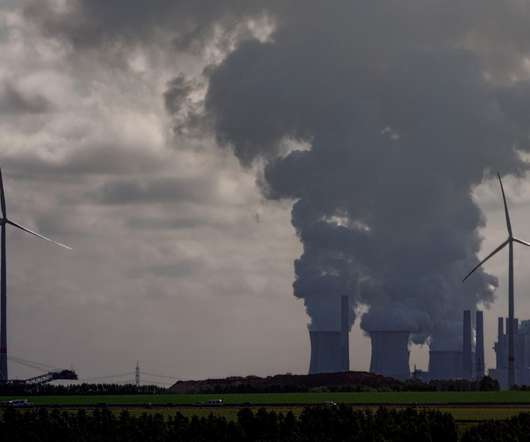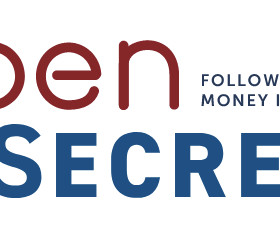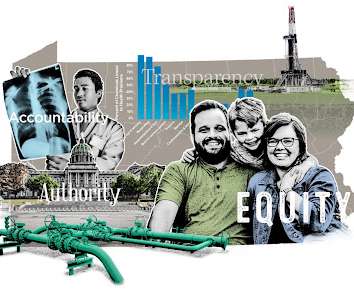The Profound Climate Implications of Supreme Court’s West Virginia v. EPA Decision
Union of Concerned Scientists
JULY 1, 2022
EPA did not revoke EPA’s underlying authority to regulate greenhouse gas emissions under the Clean Air Act. While this authority—itself rooted in a prior Supreme Court decision , the 2007 Massachusetts v. And here, the Court has struck a devastating blow. ” Justice Kagan, dissenting.

















Let's personalize your content